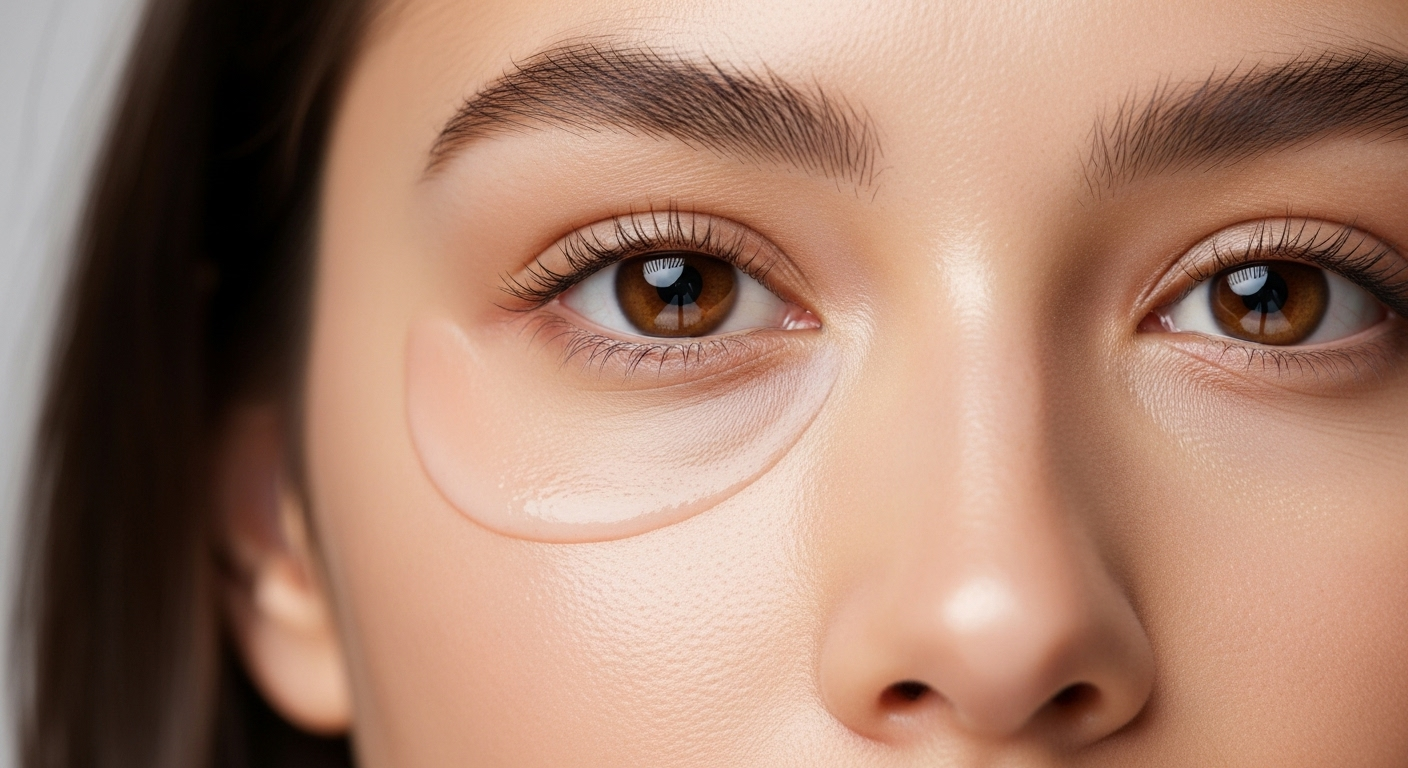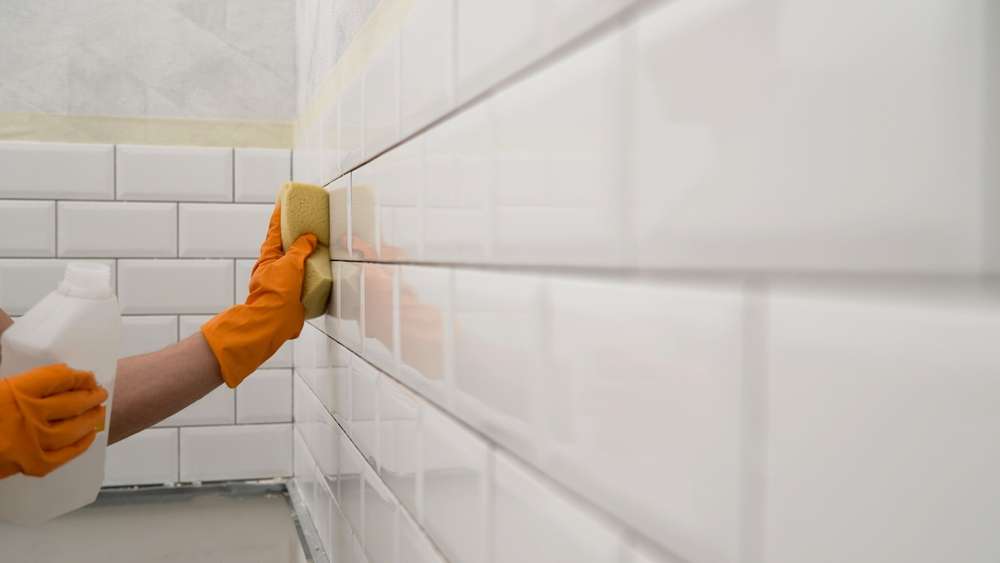Unmasking the Truth: Understanding Under Eye Bags and Their Treatments
Most of us have experienced waking up with under-eye bags. These can be the result of many factors, from aging to lack of sleep, and even allergies. Despite their common occurrence, these unsightly puffy areas can cause embarrassment and a loss of self-confidence for many people. This article will delve into the causes of under-eye bags, their historical context, current treatments, and the future of under-eye bag care.

The Historical Context of Under Eye Bags
Historically, under-eye bags were often seen as a natural part of aging and were not given much attention. In many cultures, they were viewed as a sign of wisdom and maturity. However, as societies became more beauty-conscious, the perception of under-eye bags began to change. In the 20th century, with the rise of the cosmetics industry, solutions for under-eye bags started to emerge. Creams, serums, and other skincare products promising to reduce or eliminate under-eye bags became popular.
The Science Behind Under Eye Bags
Under-eye bags are caused by the weakening of the tissues and muscles that support the eyelids. Age is a significant factor in this weakening process. As we age, the skin loses elasticity, and the fat that helps support the eyes can move into the lower eyelids, causing them to appear puffy.
Other factors can also contribute to the appearance of under-eye bags. For instance, lack of sleep, high salt diet, and allergies can cause fluid retention in the lower eyelids, enhancing the puffiness. Furthermore, genetics can play a significant role. If your parents have prominent under-eye bags, you are more likely to have them as well.
Current Treatments for Under Eye Bags
Today, there is a plethora of treatment options available for under-eye bags. Over-the-counter creams and serums containing ingredients like retinol, vitamin C, and caffeine are popular choices. These products work to tighten the skin and reduce puffiness.
For more severe under-eye bags, medical treatments can be considered. These include fillers, which are injected into the skin to smooth out the area, and lower eyelid surgery, known as blepharoplasty. This surgical procedure removes excess fat and skin, giving a more youthful appearance.
The Impact and Reception of Under Eye Bag Treatments
The impact of under-eye bag treatments has been significant. Many people report a boost in self-confidence and improved appearance after using these treatments. However, it’s crucial to have realistic expectations. While these treatments can often reduce the appearance of under-eye bags, they may not eliminate them entirely.
The reception of these treatments has been mostly positive, but there’s also been criticism. Some argue that the beauty industry capitalizes on people’s insecurities about their appearance. The desire to look youthful and the fear of aging can push people to spend large amounts of money on treatments that may not have long-lasting effects.
The Future of Under Eye Bag Care
The future of under-eye bag care looks promising. Research and development in the field of dermatology are continually evolving, and new treatments are emerging. For instance, non-invasive techniques like radiofrequency and laser treatments are being explored as potential options for under-eye bag reduction.
Moreover, there’s a growing trend towards natural and holistic approaches to skincare. Many people are looking for ways to manage under-eye bags through lifestyle changes, such as improving sleep quality, reducing salt intake, and practicing good skincare habits.
Conclusion
Under-eye bags have been a cause of concern for many, but understanding their causes and treatment options can help manage them effectively. The rise of the beauty industry has led to numerous solutions, from over-the-counter creams to surgical procedures. However, it’s important to approach these treatments with realistic expectations and a balanced perspective. The future of under-eye bag care is progressing towards more non-invasive and holistic approaches, proving that the journey to improved skin health is always evolving.




